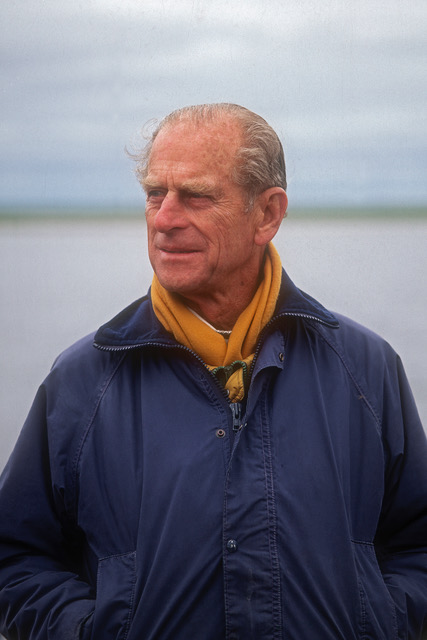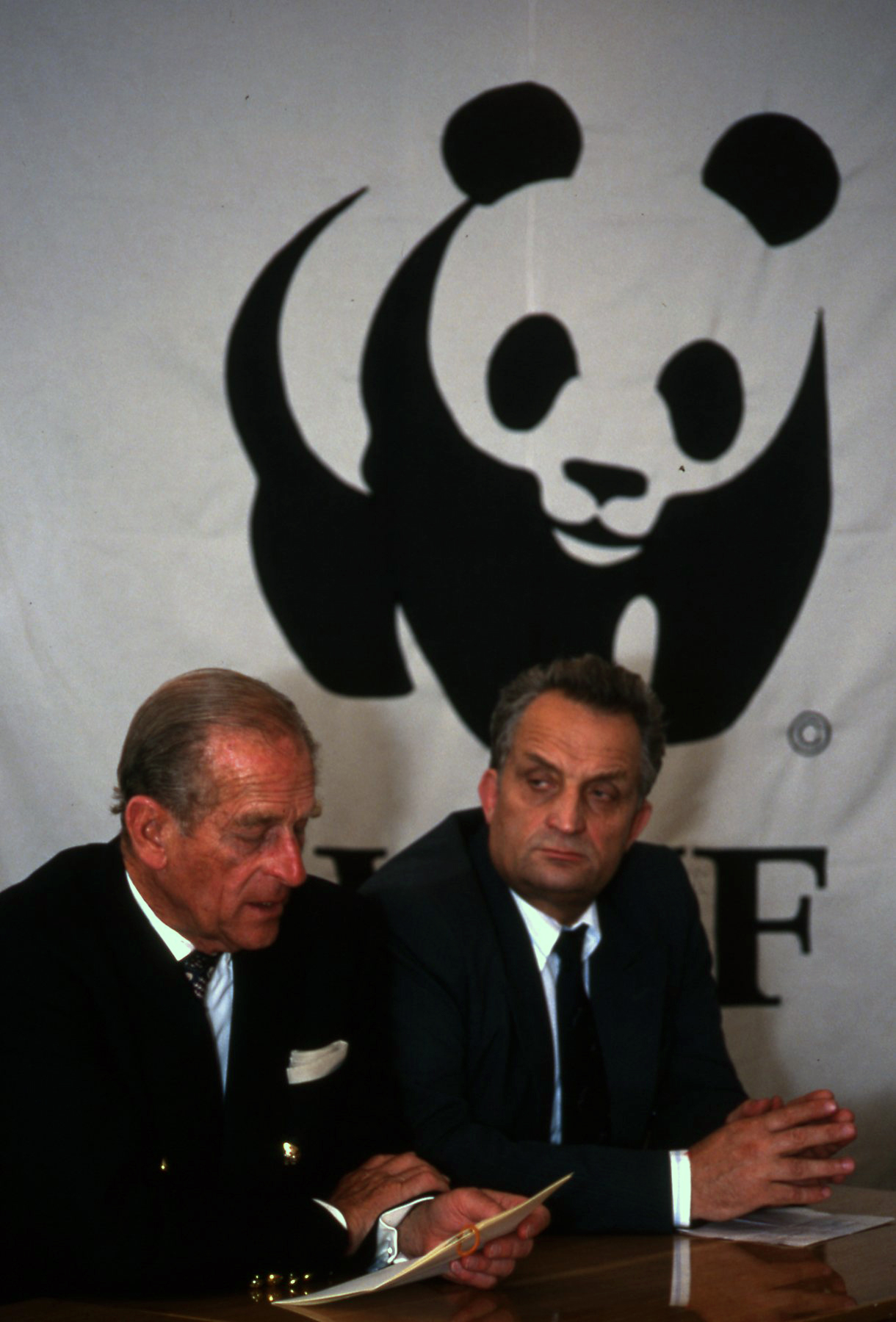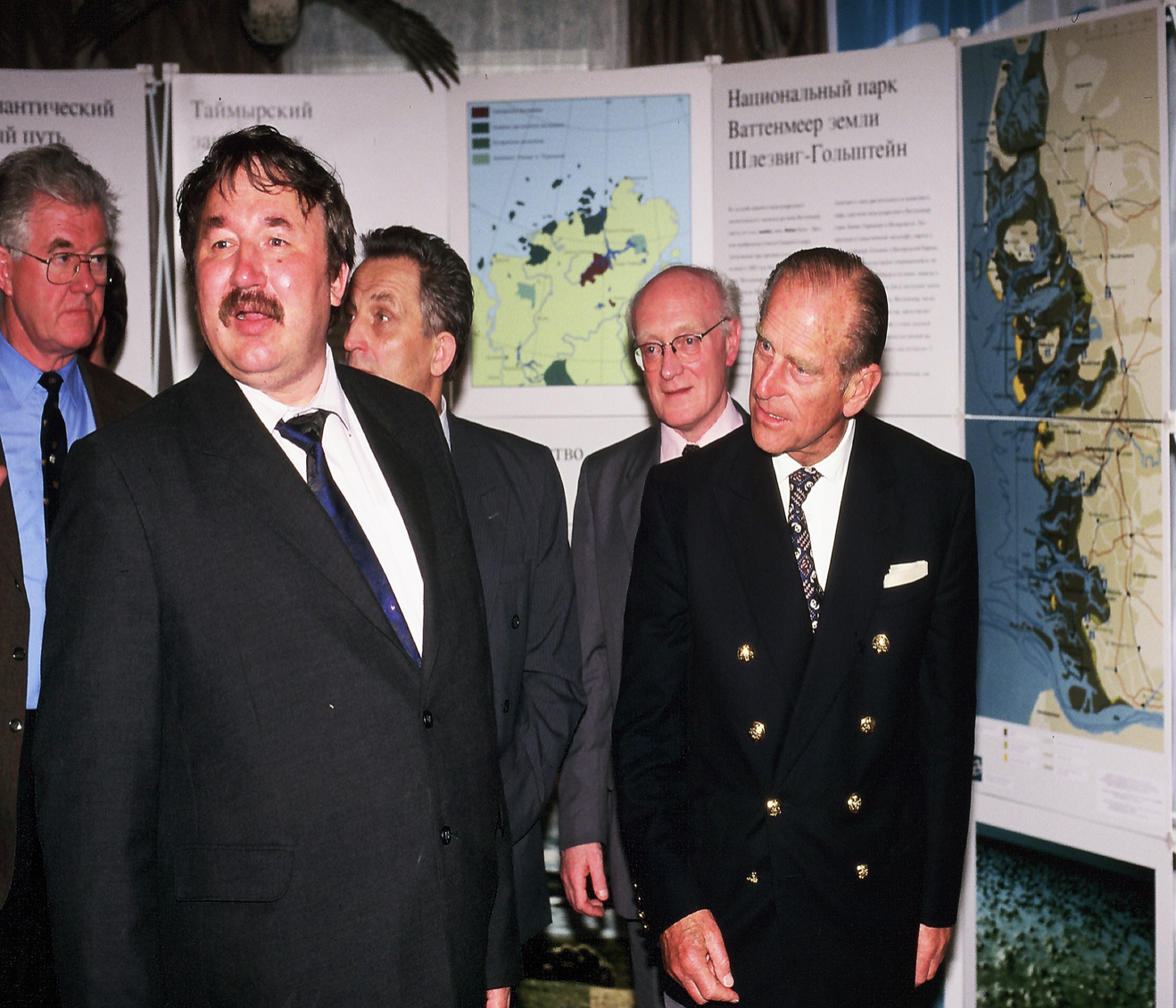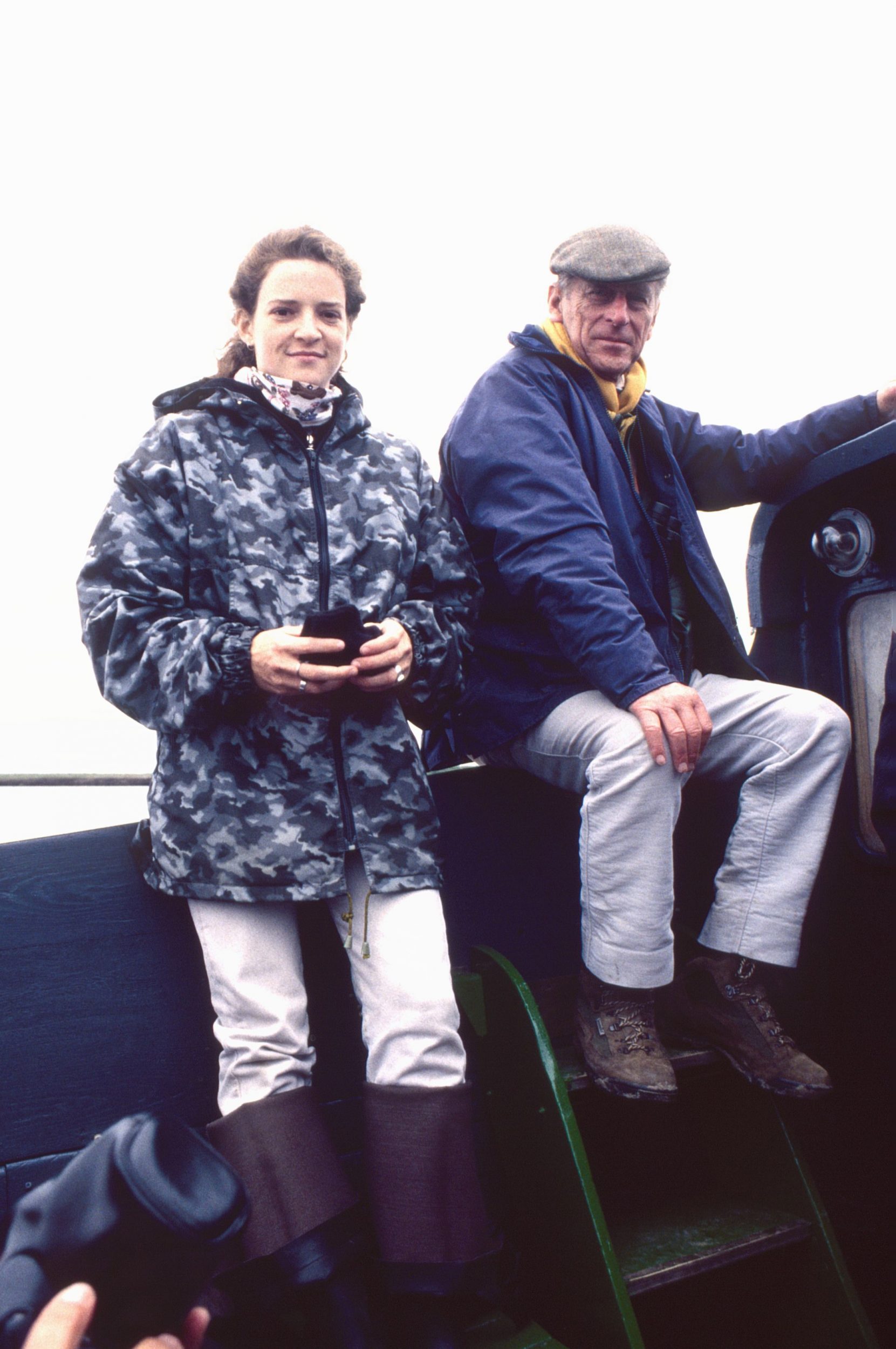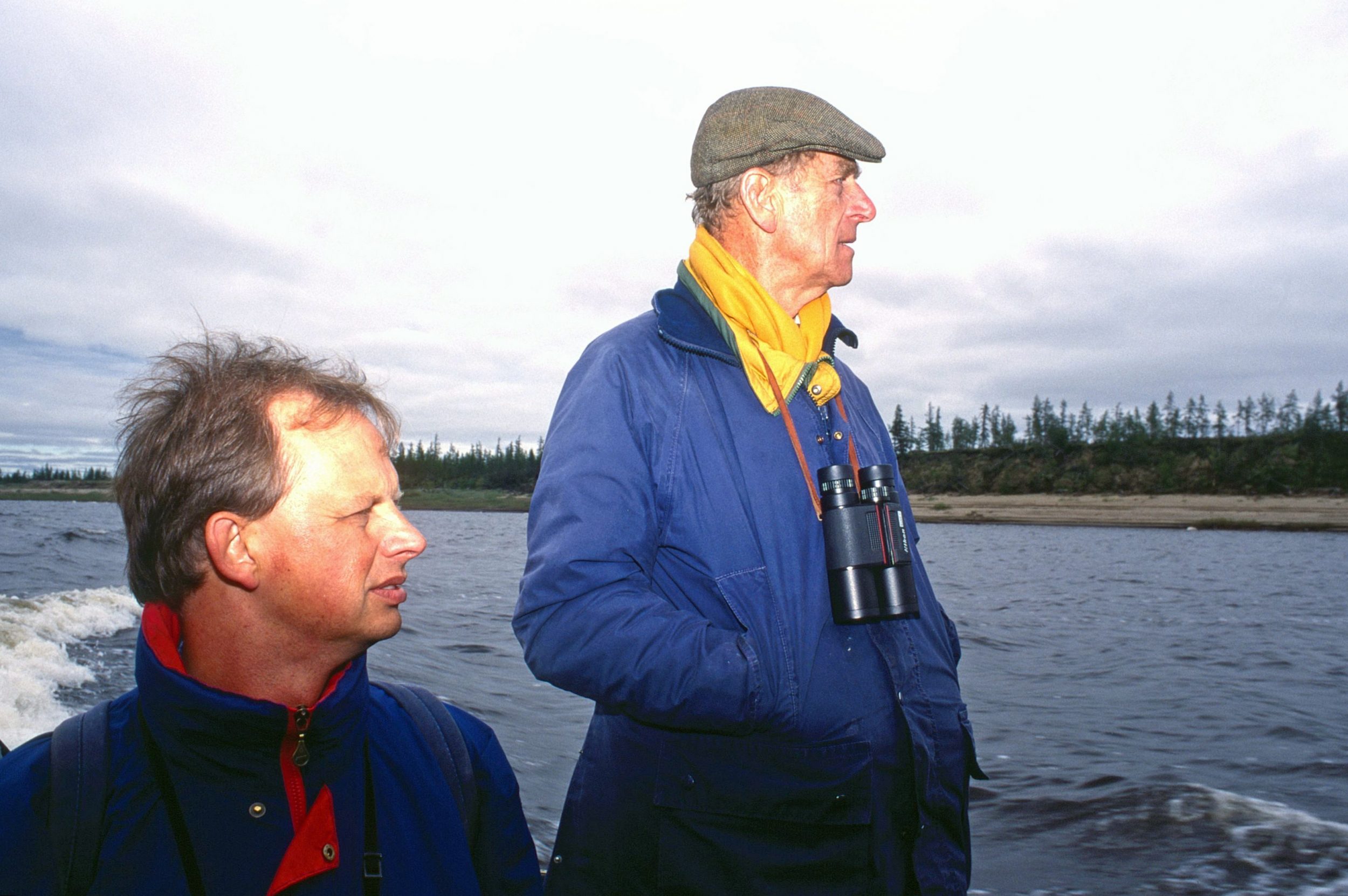On the 9th of April, two months before he could have reached the age of 100, HRH, The Duke of Edinburgh left us forever. From all of us at LT&C we would like to express our condolences to the Royal Family for his passing away. In a statement of WWF International, whose president Prince Philip was for many years, today’s president, Pavan Sukhdev, said: “Across more than 50 years, His Royal Highness, Prince Philip’s efforts on behalf of WWF have been inestimable – visiting WWF projects in over fifty countries on five continents, promoting conservation issues at the highest government and corporate levels“.
In summer 1995, I had the privilege to guide Prince Philip on one of these numerous WWF missions: The tour started with a press conference in Moscow, where WWF just had established an own national organisation. With the Royal Airforce’s official plane, the Queen used to use, and which Prince Philip partly steered himself, we flew first to Khatanga in the South East of the Siberian Taimyr peninsular. Together with Deputy Environment Minister Armirkhan Amirkhanov and the Governor of the Taimyr Autonomous Region, Nedelin Gennady, HRH inaugurated an exhibition describing the partnership between the Schleswig-Holstein Wadden Sea national park in Germany and the Taimyrski Zapovednik, the nature reserve in central Taimyr. The next and main destination was Tiksi and the Lena Delta, further East in Siberia. The president of the Sakha Republic of the Russian Federation (Yakutia), Mikhail Nikolayev, had invited Prince Philip to inaugurate the Biological Station “Lena – Nordenskiöld”, which WWF Sweden had financially supported. On the way back, we had a stop-over in Dikson in the North-West of Taimyr, where HRH paid tribute to the establishment of the Great Arctic Reserve (Zapovednik), an outcome of German-Russian governmental and WWF cooperation and -expeditions in the years 1989-1993. On the way home via Norway, a final symbolic event took place in the Passvik valley, where Russia meets Norway’s and Finland’s borders, and cross-boundary protected areas are subject of the three countries cooperation. Here the inauguration of a birdwatching tower, a restored former soviet border tower, stood on the programme. “A symbolic to the unifying tribute to the influence of conservation” and “Fulfilling the biblical injunction to turn swords into ploughshares” were the words of Prince Philip at this site.
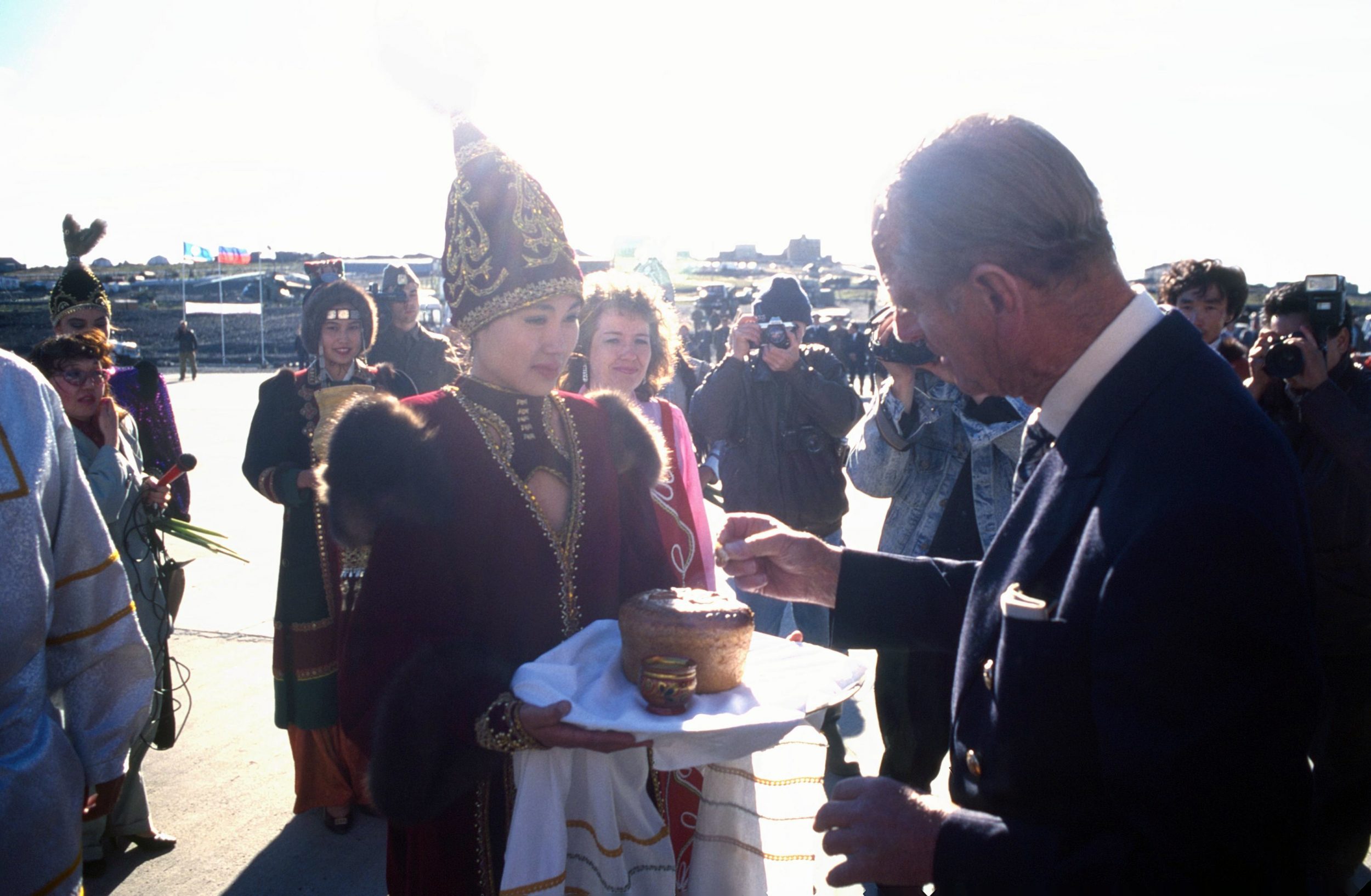
Reception in Tiksi. Photo: Peter Prokosch 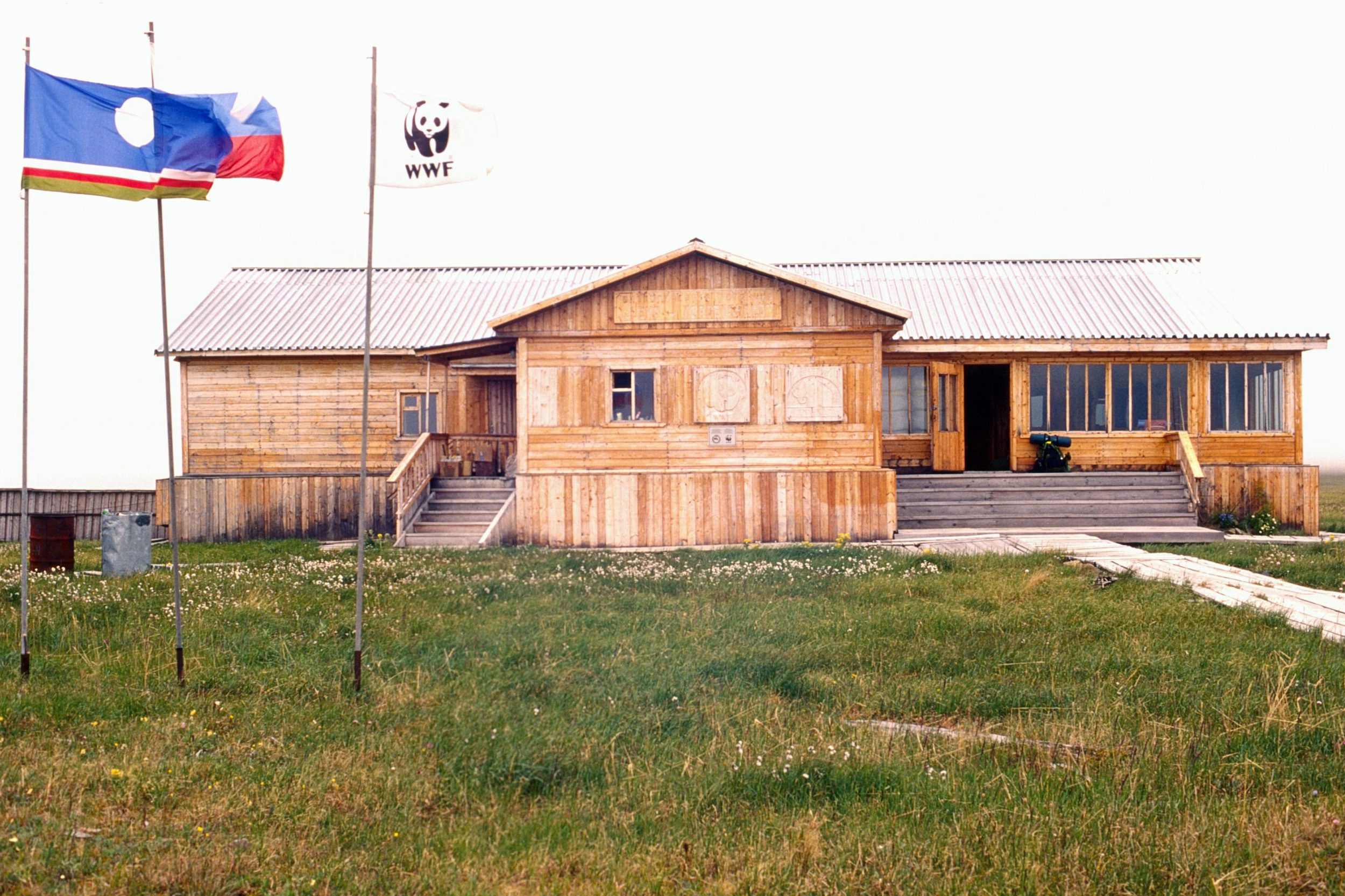
Lena-Nordenskiöld Biological Station. Photo: Peter Prokosch 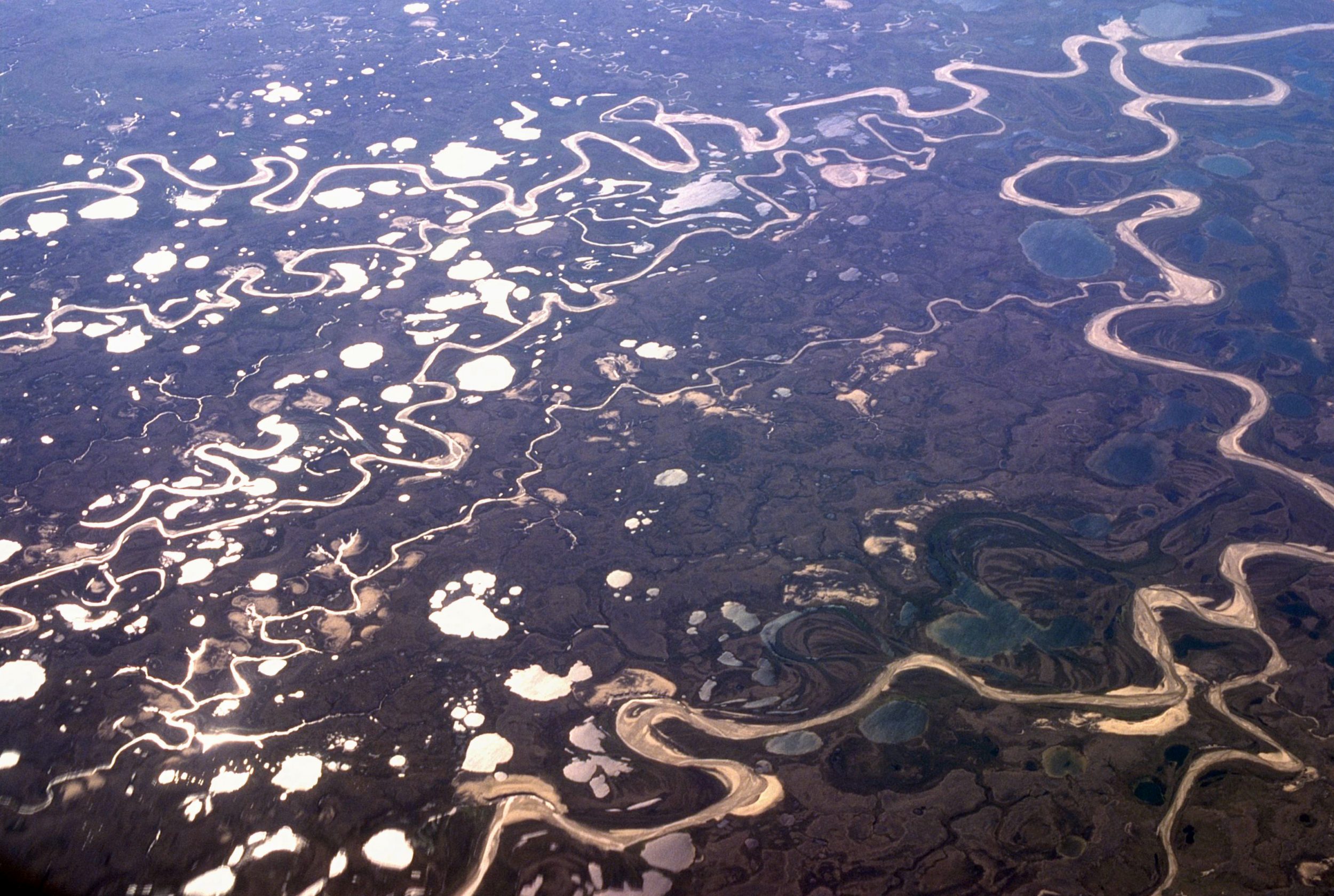
View from the Royal Airforce plane on Yamal. Photo: Peter Prokosch 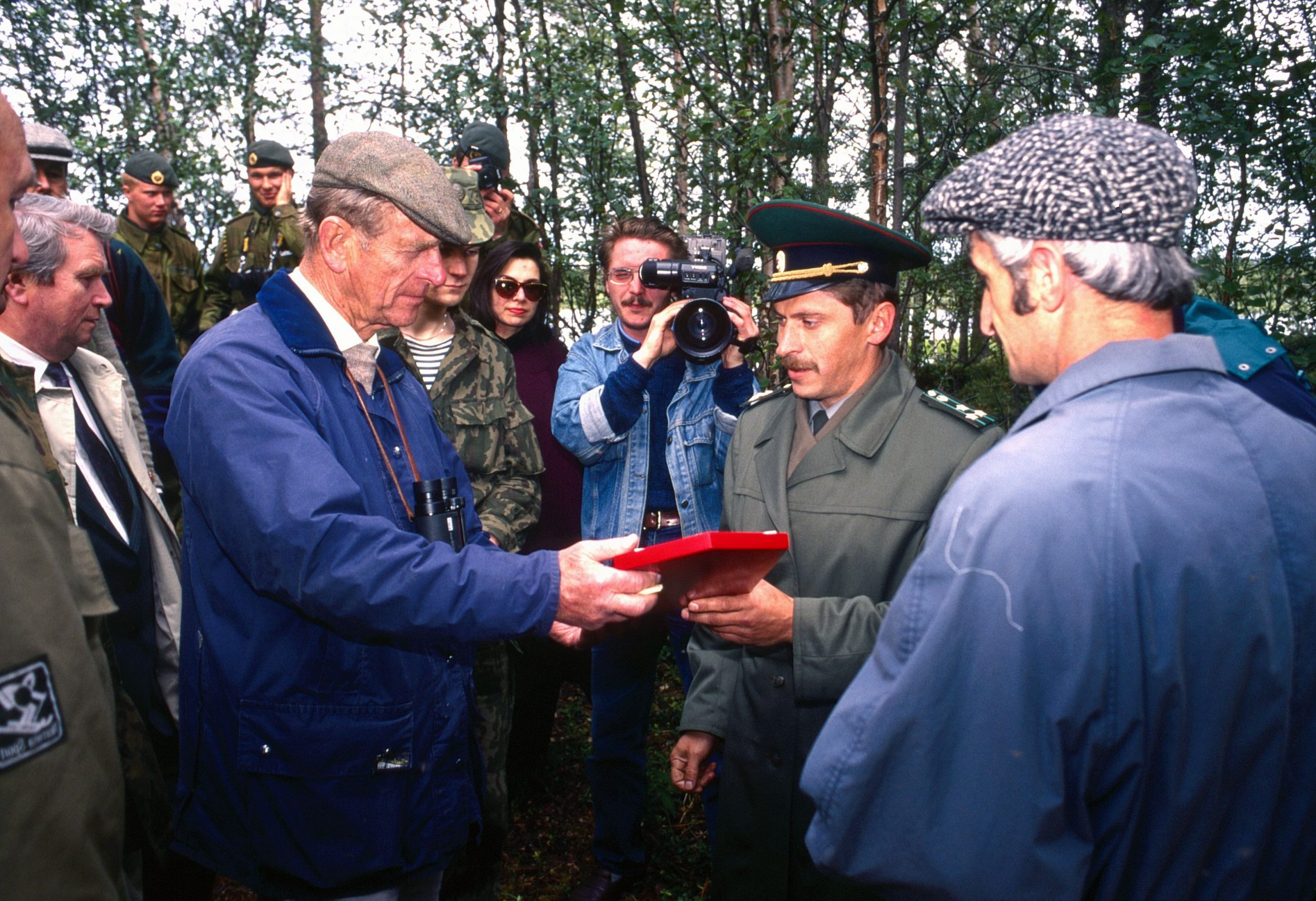
Inauguration of the birdwatching tower in Pasvik Zapovednik. Photo: Peter Prokosch 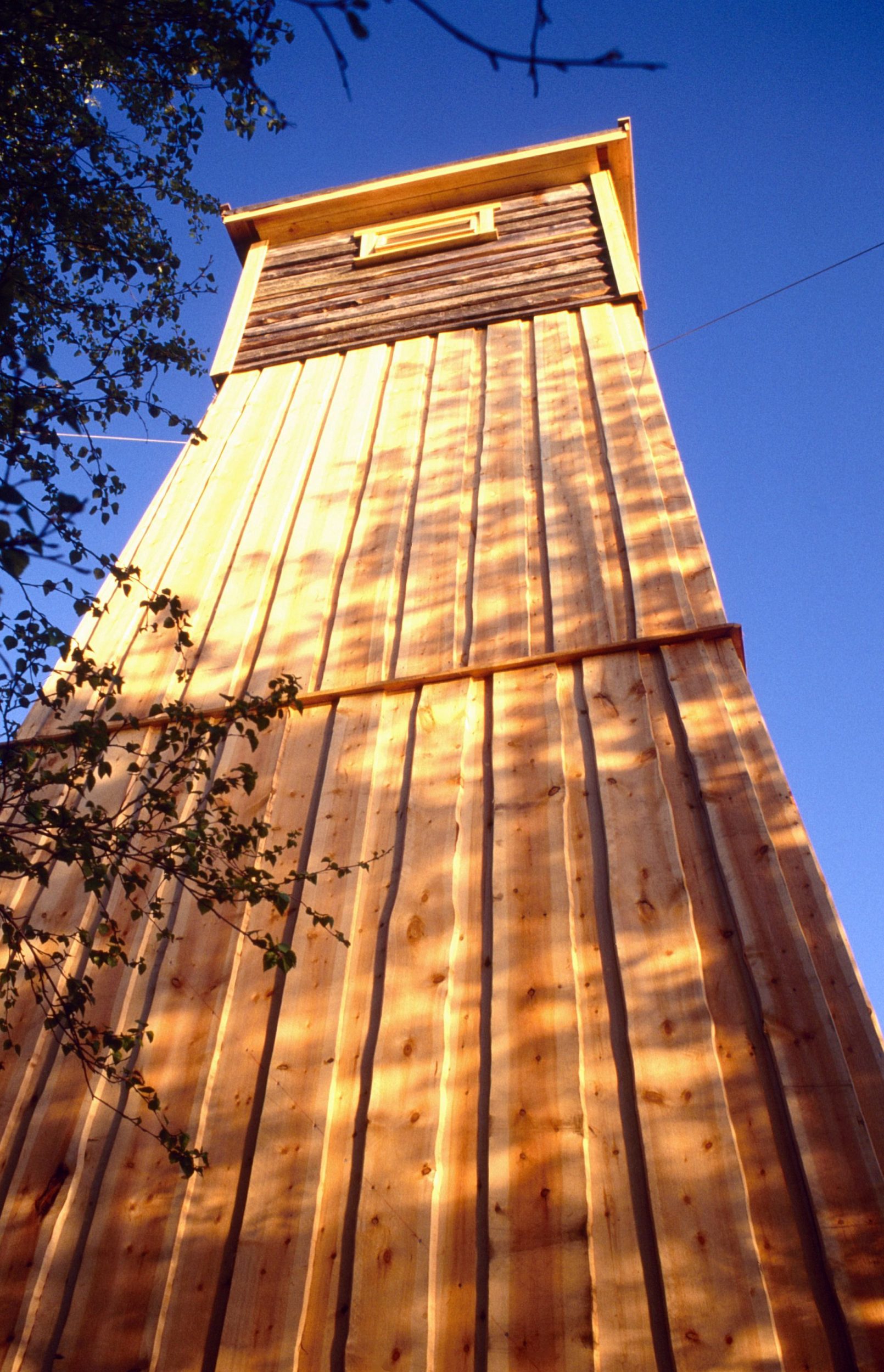
A former border tower restored as birdwatching tower. Photo: Peter Prokosch
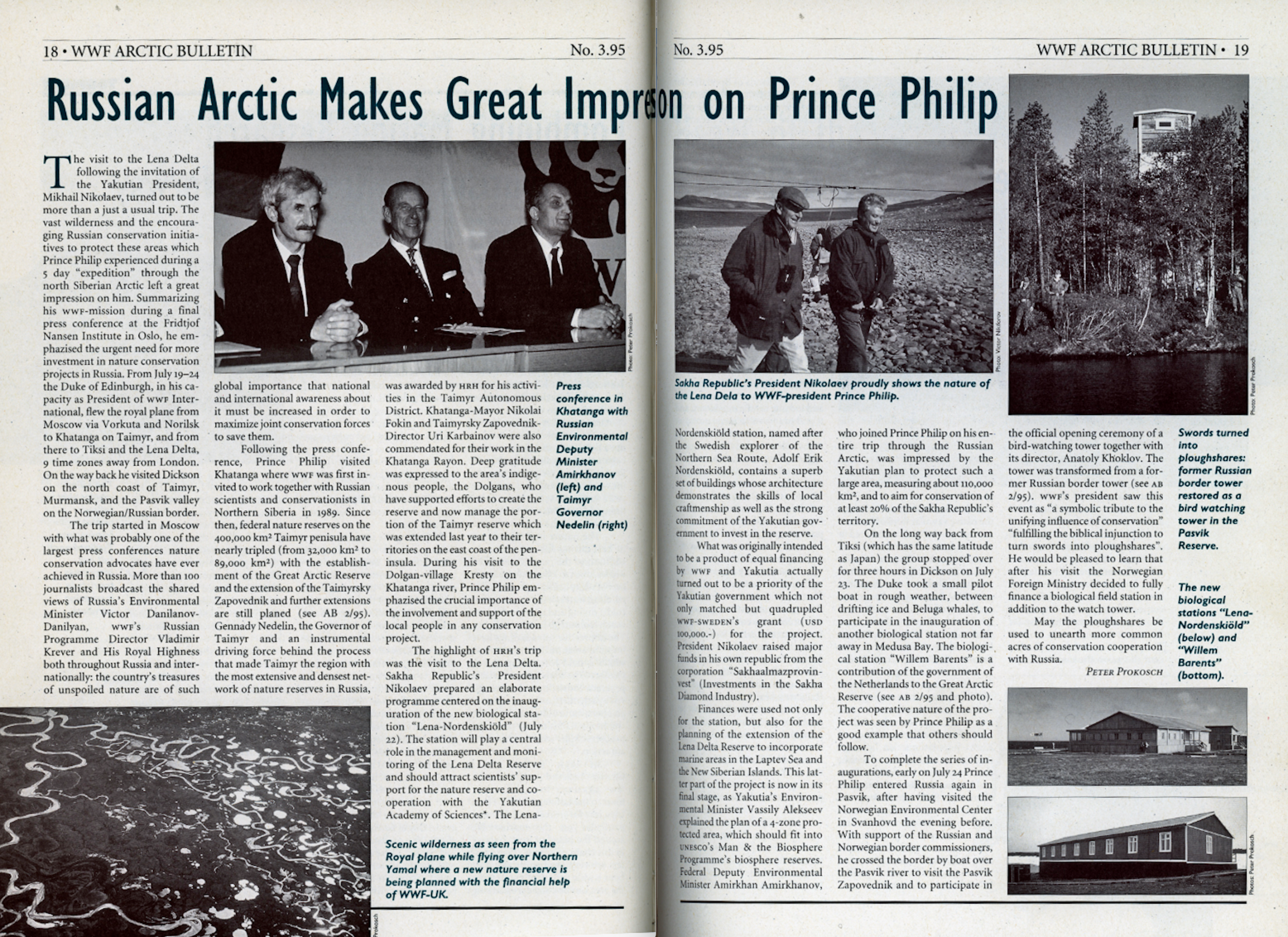
Many of my former WWF colleagues and project managers may have experienced Prince Philip in a similar way when he visited and promoted WWF projects worldwide. He obviously enjoyed these tours. Together with his well-established and humorous team of his private secretary, his security chief and valet, he made the trip an adventure rich in anecdotes. Most importantly, he appeared as a passionate highest level conservationist, whether communicating in formal meetings and press conferences with heads of governments or showing his knowledge as a birdwatcher in casual field excursions. The combination of his passion, knowledge and his high status was of major value for bringing WWF projects and initiatives forward.
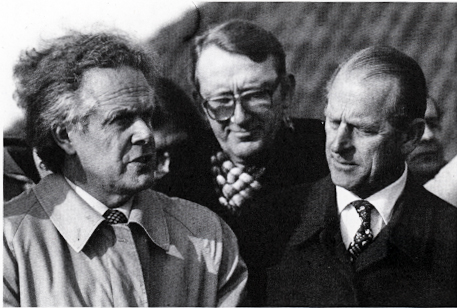
This value and influence we had used already in 1982 when the Duke of Edinburgh stood on the sea wall of the Hattstedter Marsch criticising the Schleswig-Holstein government for cutting off the Nordstrand Bay from the Wadden Sea. His appearance certainly made a difference in the further planning of the embankment and the future decisions for creating the Schleswig-Holstein Wadden Sea National Park.
If the WWF tours of Prince Philip can be seen as a particular category of conservation tourism, His Royal Highness has contributed to many Linking Tourism & Conservation Examples. Besides many other places in the world, in the Wadden Sea and the Russian Arctic, he will be remembered and admired for his conservation impact. Maybe this can still also influence future positive decisions for nature conservation, e.g., completing a South-North transect of protected areas across Taimyr or revitalising the partnership between the Wadden Sea and Taimyr. Also, initiatives for creating further LT&C-Examples along the entire East Atlantic Flyway of coastal birds could become a heritage related to HRH Prince Philip’s life.
Peter Prokosch

